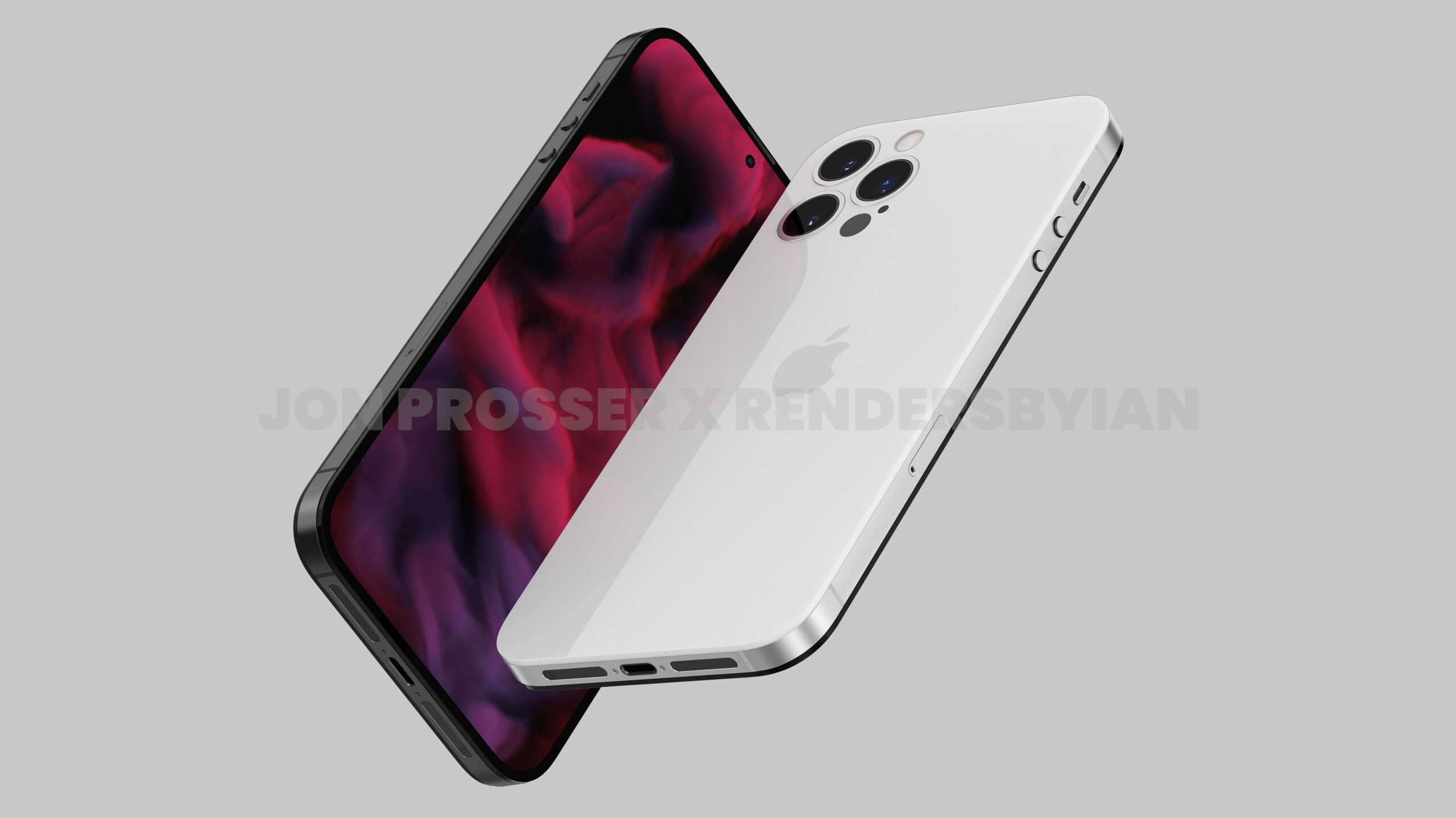iPhone 14 — what the new 4nm chip could mean for you
Apple's next iPhone could not only be more powerful, but smarter too

Update: iPhone 14 Pro just tipped for 'exclusive' feature — this is the one you'll want.
According to the latest supply chain leaks and rumors, Apple may not be able to hit the 3 nanometer process for its next-gen A-series chips set for the very much still rumored iPhone 14. Currently, the iPhone 13 range and its A15 Bionic chips are on the 5nm process, so jumping to 3nm could potentially have offered a serious boost in performance and power efficiency.
But a recent report from DigiTimes, also based on supply chain sources, notes that Apple’s chip manufacturer has a 4nm process node that'll be used for the next A-series chip, likely called the A16.
Apple has been using the 5nm node for the past three generations of iPhone. So a step to a smaller node, which actually translates to packing more transistors onto a slice of silicon and thus more power, makes sense if Cupertino wants its phones to keep its performance edge over rivals from Qualcomm and Samsung’s Exynos.
But what would all this mean to iPhone 14 users? Sure, more transistors are great, but will they actually make a difference to one’s real-world iPhone use? Here's how a 4nm chip could impact the iPhone 14.
Apple's A-Series advantage

As it stands, Apple's A15 Bionic chip outpaces pretty much every chip found on rival flagship Android phones. That has long been the case for each generation of A-series chips.
Wayne Lam, senior director at analyst house CCS Insight, explained to us that actually getting a clear insight into just how good A-series performance is can be tricky, but it’s down to Apple’s tight control over its devices from the silicon level through to the software.
Get instant access to breaking news, the hottest reviews, great deals and helpful tips.
“For example, iPhones have always required less DRAM memory in each comparative generation of design. If the latest Android offering is a Qualcomm chip with 8GB or 12GB of RAM, similar Apple designs would only require 4GB or 6GB,” said Lam. “This design difference is huge and benefits Apple in terms of component cost (Apple can spend less on memory and more on making its processors) and speaks to the efficiency of the Apple design vs the competitive [chips] from Android.”
With that in mind, Apple’s only major competition in raw chip performance is basically itself, meaning one could argue that moving to 4nm rather than sticking with 5nm won’t make a big difference in how fast an iPhone feels; after all, we’ve not found a mobile game that a modern iPhone will struggle to run.
iPhone 14 on 4nm: More than just a power boost

Avi Greengart. president and lead analyst at consumer tech analyst firm Techsponential, noted that there’s more to be gained from a move to 4nm fabrication than just raw power.
“While Apple silicon already leads the industry in performance per watt there is always room for efficiency improvements that extend battery life, AI enhancements for computational photography and other machine learning tasks, dedicated coprocessors for specific tasks,and more graphics capabilities,” Greengart told Tom’s Guide.
Obviously, improvements in battery life will always be appreciated. While the iPhone 13 Pro manages an impressive 11 hours and 42 minutes in our testing, we’re always keen to see more endurance from smartphones.
But the potential AI and computational photography improvements are even more compelling. With the iPhone 13 Pro Max topping our best camera phone list, Apple has already shown its chops in image signal processing. Features like Cinematic Mode, which delivers professional-grade rack focus in videos and can automatically switch between subjects, is a perfect example of what AI can do.
However, the Google Pixel 6 and Pixel 6 Pro with Google's own AI-centric Tensor chip have delivered some seriously impressive phone photography with features like Magic Eraser, and are likely to only improve with software updates. So enhanced AI processing on a next-gen iPhone, facilitated by a 4nm chip, could help Apple keep delivering best-in-class photography.
Smarter Siri, more compelling AR
Improved AI via a new 4nm chip could also make Siri a more capable virtual assistant, as it currently falls behind the likes of the Google Assistant and Alexa. More onboard processing means more smart features in general, say better voice recognition or the ability to automatically customize a phone to a specific user.
As Apple has a tight control over its developer ecosystem, we’d be fairly sure that it would work to deliver the tools and development kits for app makers to get the most out of any next-gen performance and AI processing improvements. We’d love to see it deliver seriously enhanced AR features, as well as gaming that genuinely looks console-quality, rather than having a veneer of impressive visuals that come apart once you look closely.
So even if Apple can’t make the jump to 3nm, hitting the 4nm process node could deliver a suite of benefits. But they might not be immediately obvious to users, especially if they upgrade every iPhone generation.
“Will this make for a dramatic change from today’s A15 chips? It doesn’t matter: people don’t upgrade their phones every year,” explained Greengart. “However, cumulative improvements matter quite a bit when you compare a three- or four-year-old phone to one using the latest generation silicon.”
With that in mind, plus early rumors suggesting a new phone design and the potential return of Touch ID, the iPhone 14 could end up being a phone worth waiting for.

Roland Moore-Colyer a Managing Editor at Tom’s Guide with a focus on news, features and opinion articles. He often writes about gaming, phones, laptops and other bits of hardware; he’s also got an interest in cars. When not at his desk Roland can be found wandering around London, often with a look of curiosity on his face.
